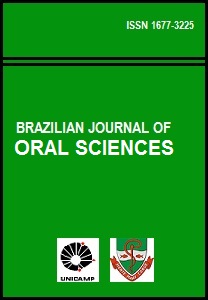Abstract
Aim: The present study aimed to evaluate the antiinflammatory activity of the polymer derived from Ricinus communis and its mechanism of action. Methods: The antiinflammatory activity was investigated in chronic and acute animal models and the mechanism of action involved in the antiinflammatory activity was determined by the in vitro phospholipase A2 (PLA2 ) enzyme assay. Results: In mouse ear edema (10.0 mg/ear) and granulomatous tissue formation (500 mg/kg) models, the polymer inhibited the inflammatory response in 75.08 ± 1.80% and 61.70 ± 1.80% of the cases, respectively (p<0.001). Oral administration of the Ricinus communis polymer (500 mg/kg) inhibited 72.00 ± 1.20% of formalin-induced inflammation. Topical administration of the polymer on oral lesions of mice showed that the oral mucosa was recovered in 60.00 ± 1.40% (p<0.05) of the cases. In in vitro assay, the phospholipase A2 enzyme was inhibited by the Ricinus communis polymer (5.0 mg/mL) in a dose-dependent manner (84.60 ± 1.41%). Conclusion: the polymer derived from Ricinus communis showed a significant antiinflammatory activity, confirming that the pharmacological mechanism involved in this antiinflammatory action was related to the inhibition of the PLA2 enzyme.The Brazilian Journal of Oral Sciences uses the Creative Commons license (CC), thus preserving the integrity of the articles in an open access environment.
Downloads
Download data is not yet available.

